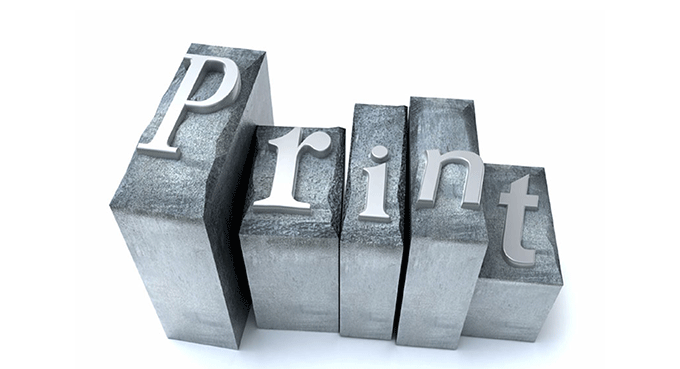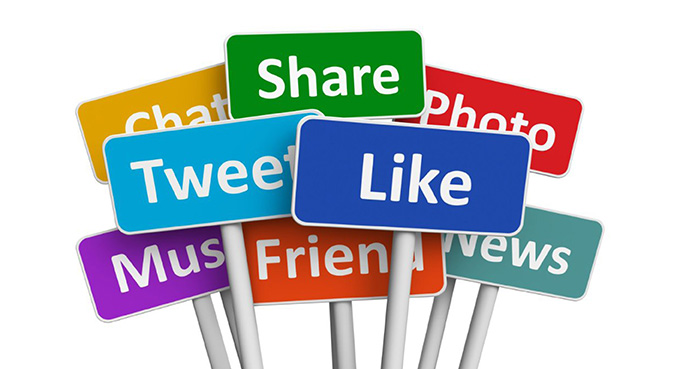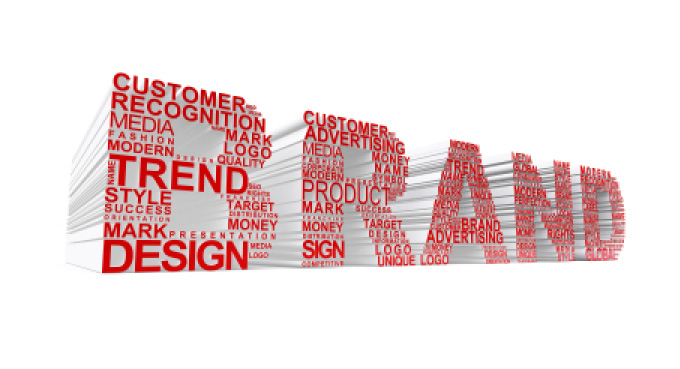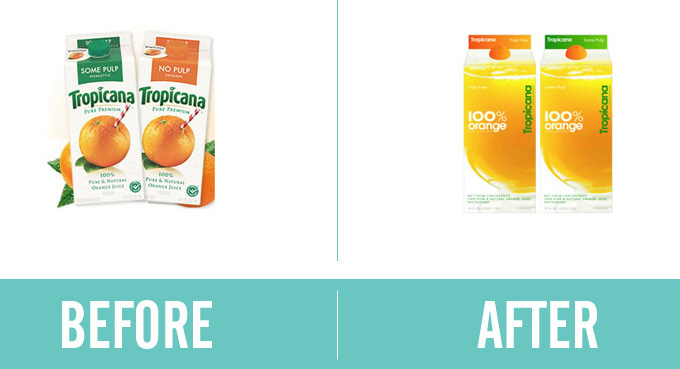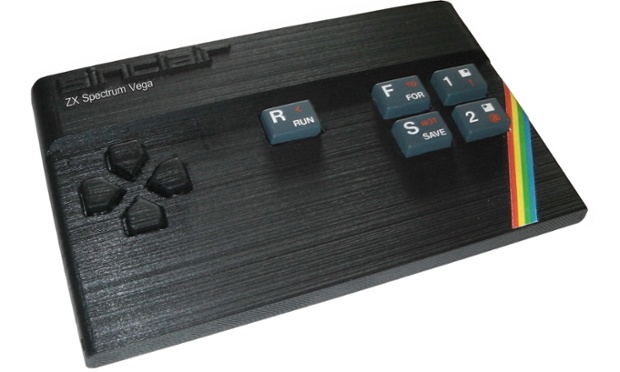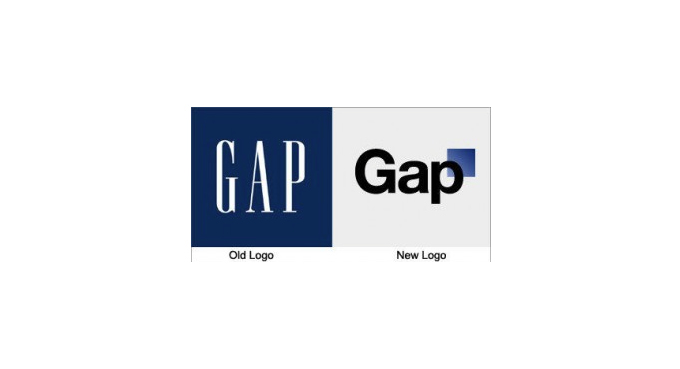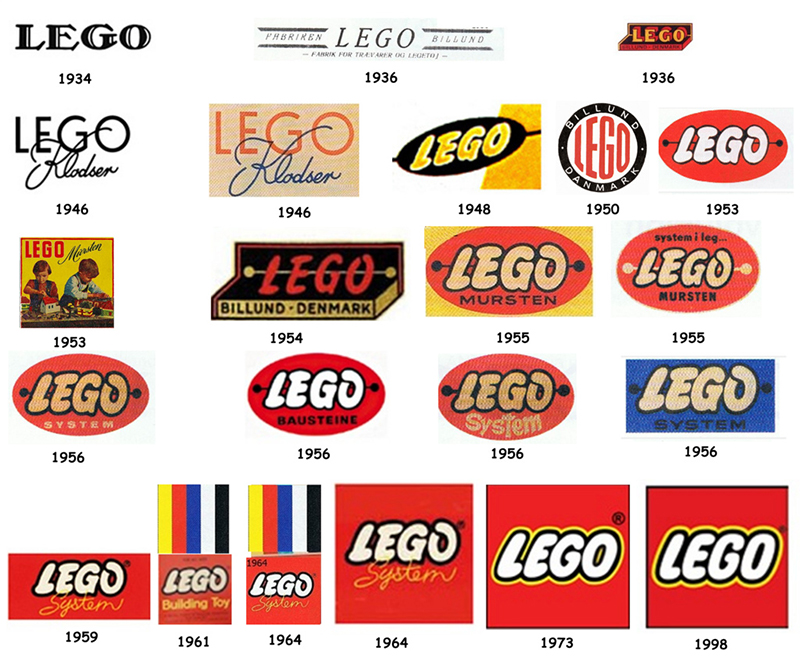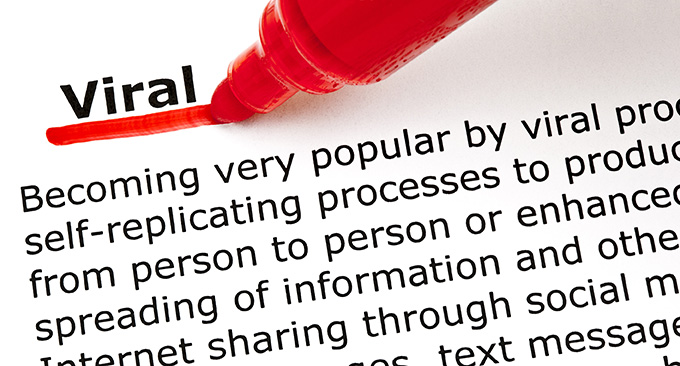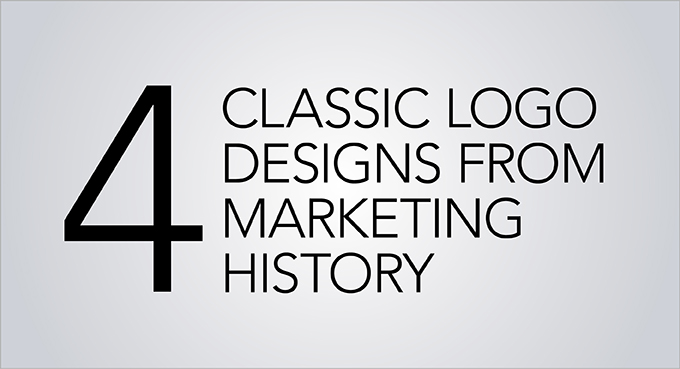Using Printed Media In 2017
16th March 2017PrintEnjoy,Tech,Travel,Print
Whatever happened to old fashioned junk mail? It may not have disappeared completely, but most people have noticed that the daily drop of direct mail through the letterbox is not what it used to be. Online marketing clearly has many advantages – it is cheap, flexible, instantaneous and doesn’t jam under the door when you’re leaving for work in the morning – but is it time to look again at the benefits of print media?
Print is Not Dead
The world of online marketing has become increasingly frenetic and crowded as competitors join the mad scramble to vie for customer attention. By contrast, the world of printed media has regained its cool and appeal. Concentrating all your marketing efforts on the internet could mean you are missing out on the new creative ideas and advances in printing technology which would enable you to steal a march on competitors.
Keep it Real
Print marketing brings a sense of authenticity and substance to your branding in a way that online adverts and marketing find difficult to replicate. Most people have become very adept at mentally filtering out all those tiresome pop-ups, banner ads and torrents of spam, whereas quality print material is more likely to draw attention and create an impression.
Make it Personal
Distinctive branding and logo design will set your printed material ahead of the competition and strengthen your identity. It’s also worth considering the option of variable data printing (VDP): this allows you to customise your materials by varying certain elements such as the image on a business card. VDP is great news for small businesses as it allows a flexibility and freedom to experiment without committing to the expense of a huge print run. Personalised printing gives a fresh, unique look to your printed media, and adds that special touch which is so often lacking in the world today.
Aim for a Target Audience
Many speciality magazines have healthy circulation figures, so it’s worth considering taking an advertising slot, or contributing a longer piece such as a feature article. Magazines, brochures and catalogues tend to have a long life, as customers hold onto them and pass them on to friends to read – you can be confident that your efforts won’t simply be deleted with the click of a mouse.
Push the envelope
Print media can give you the chance to be playful. Technology has spawned a whole range of promotional products – magnets, stickers, coasters, shopping bags, mouse mats, t-shirts – if can have a logo printed on it, it can be turned into a promotional item. Small branded gifts can be a very cost effective and practical way to leave a lasting impression on your customers.
and finally…
Integrate your Marketing Campaigns
Using print media can boost your profile, but this may be the first time some of your customers have heard of you. Make sure they have all the information they need to find you online and make contact. Print material can also be a useful tool for spreading the word about website promotions and social media campaigns. Take advantage of both print and online media – maximise your marketing potential.
Putting Personality Into Your Business With Social Media
16th March 2017Social Media,Web DesignEnjoy,Tech,Travel
Are you a social media skeptic? Find yourself shuddering at the mere mention of Facebook or Twitter? You’re not alone. But whether you are a new start-up or a well established business, there is no escaping the fact that social media has become a vitally important tool for reaching customers. On the plus side, the mushrooming of social media sites means there is bound to be the right platform for you.
Here are five examples of how companies and organisations have found creative ways to promote themselves and connect with customers through social media.
1. Find the Right Platform
There are hundreds of social media sites out there, and each platform has its own personality and appeal. The top 15 most popular sites will give you some idea of what’s available, but you don’t have to stick to these. Take your time to research them and choose the ones that are likely to suit you and your business.
For example, the Natural History Museum, London has crafted its Pinterest site to develop a sense of community between visitors of all ages and backgrounds, encouraging them to explore and learn together.
2. Target Different Audiences
Video sharing networks are becoming increasingly popular, with sites such as Vine and Vimeo providing alternatives to YouTube. Vine and Vimeo are branded differently, and can be used to reach different target audiences, as you’ll see from the Marmite example. Marmite on Vine shows playful, six second looping clips of Marmite in various situations – such as one in which a menacing Marmite gang sees off a jar of Vegemite. The Marmite Channel on Vimeo has a more grown-up feel, encouraging customers to share their own videos of their Marmite experiences. Love it or hate it, the debate goes on.
3. Connect With Your Customers
WD40 is an iconic brand with a hugely popular and long running marketing campaign which challenges customers to find new uses for the oil in a spraycan – over 2000 suggestions have so far been put forward. The WD40 Pinterest page has given new energy to the campaign which looks set to run and run.
4. Hit the Right Tone
Audi on Google+ has made a lovely job of showcasing the Audi brand, and the platform encourages customers to interact and get them talking. You might think that you already know your customers and what they want, but social media is a two-way street providing you with a golden opportunity to learn so much more.
5.Encourage Lively Banter, but Watch out for Trolls
Trolls and baiters are a fact of life on social media, but learn to deal with them effectively and you could even turn the situation to your advantage. In 2012, angry O2 customers took to Twitter to vent their frustration about a service failure. The O2 Twitter team tackled the crisis head on, responding to even the most offensive tweets with robust humour and personality. But be warned! This high risk approach can easily backfire. Dealing with trolls requires a great deal of skill, experience and social media savvy: The general rule is Don’t Feed the Trolls.
What’s In A Name? Branding A New Business
16th March 2017BrandingEnjoy,Tech,Travel
Choosing a name for your new business is a big deal. It is one of the first things you need to decide when starting out, and once chosen it will influence everything else, from logo and website design, to business cards and promotional material. But most of all, just as your own name stays with you, so will your business name. Although it might be possible to change it down the line if you find you’ve made a horrible mistake, that scenario is best avoided by getting it right first time.
So, no pressure then. Here are a few tips to help you get started.
Think of your customers
This might seem obvious, but the name you settle on for your new business must appeal to your target audience. For example, tech-savvy youngsters are not likely to be attracted to the same name as their steam-age grandparents. In terms of brand identity and reputation your business name will be front row, centre. It will play a key role in attracting customers and promoting your business, so think about the message your name conveys.
Kick around ideas
A brainstorming session with others will spark new ideas and also help narrow down the field. You might think of words like ‘safe, reliable and trustworthy’, or use an entirely different pallete such as ‘exciting, vibrant and fun’. The name you choose needs to strike the right chord with your customers and reflect the vision and values of your business.
Descriptive or Creative?
If you want to play it safe, a descriptive name will do the job better than one that is creative. Many sole traders stick with their own name to promote their business, but this may not feel right for your start-up. Consider including a word that informs customers about your values, such as ‘eco’ or ‘green’, or a reference to your location.
Creative names are altogether more tricky. Puns can work well and attract attention, but you run the risk of making your customers feel dumb if they don’t get it. Tech companies and businesses hoping to build up a strong web presence might go for zappy or deliberately misspelled words – think Skype or Flickr. A word of warning: if you have that unique, killer name all ready to roll, make sure you do some thorough research before taking the plunge – you don’t want to land yourself with a name that is unintentionally inappropriate like these poor guys.
Fancy a bit of entertainment?
Have a go with an online Business Name Generator. You type in a word related to your business – say ‘garden’ – and it generates a whole bunch of nutty made-up names for you to consider. So, ‘garden’ becomes Gardenicious, Dynagarden and Gardenosis. Well, OK, maybe not.
and finally…
Invest in a professional
Choosing a name for your new business should be exciting and fun, but it can become fraught with dilemmas. If it starts to feel like an overwhelming and gruelling task, don’t struggle to the point of exhaustion – seek advice from the experts. A professional designer will work alongside you to help decide on a name that will give your new business the best possible start.
What On Earth Were They Thinking?
16th March 2017BrandingEnjoy,Tech,Travel
When it comes to branding fails, there seems to be a general rule: the bigger they are, the more spectacular the goof. Here’s a round up of some of the more memorable big brand fails across the years.
Tropicana
Relaunching a well established brand is always a risky move, but PepsiCo, makers of supermarket bestseller Tropicana, really pulled out all the stops with its new look Tropicana carton in 2009. The original Tropicana OJ packaging certainly ticked all the right boxes for branding success. With its eye-catching design of a whole orange pierced with a jaunty drinking straw, and the distinctive Tropicana brand name emblazoned across the top, shoppers had no trouble reaching for the right carton without a moment’s thought. Then came the rebrand. Oh dear. The original, unique design was replaced with a super-safe, generic picture of a glass of juice, and an almost apologetic looking Tropicana script clinging vertically to the edge.
Supermarket shoppers reaching the juice section were confused. Where was the Tropicana? Many of them overlooked new packaging, mistaking it for the in-store bargain brand juice. Sales plummeted, and it took PepsiCo just a month to announce that it would revert Tropicana to the original packaging – smart move.
Touch of Yoghurt Shampoo
Shampoo manufacturers are forever experimenting with new ideas and enticing new ‘flavours’. Sometimes it seems that anything goes – chilli pepper, beer, chocolate – but how about yoghurt? If you’re thinking ‘hmm, soured milk in my hair, what a great idea’ then you’re in a tiny minority. The Clairol product bombed and was almost immediately withdrawn from the market. Nice try though.
Earring Magic Ken
In 1992, Barbie went earring crazy with ‘Mix and Match Earring Magic for Barbie and You!’ Girls loved the idea, and the new doll went down a storm. Flushed with success, Mattel hit upon another brilliant idea: Earring Magic Ken! Given a ‘cool’ makeover of blond highlights and pierced left ear, fetching lavender faux-leather vest and matching mesh shirt, Ken hit the shops. Sales were buoyant – in fact, Earring Magic Ken quickly became the best selling Ken model ever – but fans of this particular Ken were definitely not Mattel’s target customers. Dubbed ‘gay Ken’ in the media, the mums and dads of Barbie enthusiasts made it very clear they were not amused. Mattel hastily withdrew the product from sale, and Earring Magic Ken bit the dust.
Colgate Kitchen Entrees
Sometimes you can see the logic behind the idea, but somehow it doesn’t quite work. Colgate Kitchen Entrees is a case in point. Think Colgate, think clean teeth, so the concept of a ready meal adorned with the Colgate logo doesn’t seem so incongruous. Trouble is, the unconscious association between the taste of food and the taste of minty toothpaste is very confusing and, really, not terribly pleasant. Little wonder that Colgate Kitchen Entrees crashed and burned.
So, hats off to all the big corporations out there taking risks to keep us entertained – it would be a dull world without them!
Retro Logos
16th March 2017BrandingEnjoy,Tech,Travel
Vintage is everywhere. From the revival of flip phones to the relaunch of the ZX Spectrum, retro mania is on the up and up. And while you might think that demand for such gadgets comes from nostalgic 40-somethings, it’s clear that youngsters who missed out on the technology first time round want a piece of the action too – resurgence of retro-tech sales of vinyl records and the ‘new’ polaroid instant camera is led by the 18-24 demographic.
Time Honoured Logo Designs
With such an appetite for all things retro, it’s little wonder that logo design is being swept along by the current trend. But what about the ‘real’ old school logos from the past? Not all of them have been lost in the mists of time – the real classics have staying power, remaining resolutely unchanged over the years, refusing to morph with passing fashions.
British Rail
In the 1960s, Britain’s transport industry was in a state of flux. The allure of the open road beckoned motorists with the promise of freedom, while travel by train looked increasingly unappealing and outdated. In a bid to modernise its image, British Railways commissioned a radical rebranding campaign.
After considering dozens of professional designs, the honour finally went to Gerry Barney whose design remained unmodified from his first back-of-an-envelope sketch. Like all good designs, the logo cleverly incorporates several elements with clarity and elegance – parallel lines and two interlocking arrows to symbolise the railway network. It rapidly became one of our most familiar and iconic logos and is still alive and kicking as the established symbol for UK railway stations. Despite its apparent simplicity, the ‘double arrow’ logo is surprisingly difficult to draw correctly from memory – go on, give it a try.
Campaign for Nuclear Disarmament (CND)
Designed in 1958, the CND Logo has become a classic icon for peace movements the world over. Its enduring appeal is testament to the skill of Gerald Holtom, a professional designer with a deep affinity for the cause. The symbol is particularly effective as a pin badge. This proved to be the perfect medium for spreading awareness to the masses, and worked brilliantly as an early form of viral campaigning.
Amnesty International
TheAmnesty Candle blends two concepts by combining two separate visual elements. First there is the burning candle, a symbol of hope, while the encircling barbed wire evokes a sense of oppression. The result is a very simple yet powerful image which is still recognised and respected the world over.
Retro Revival
The interesting thing about these three logos is that they have not dated. Society and technology has changed around them, but they have retained their integrity and look perfectly at ease in the world today. The current trend towards ultra flat, pared down design might seem like a new thing – after all, this trend is driven by the latest design technology for smartphones and smart watches – but these logo designers got there first.
How many of retro-revival designs of today will prove to be as resilient as these classics?
How To Develop A Coherent Brand Style
16th March 2017BrandingEnjoy,Tech,Travel
If tales from the world of big business branding have taught us anything, it has to be this: Once you’ve established your brand identity and built up a loyal customer base, think very, very carefully before changing a thing. High street retailer Gap is one such giant to find out to its cost how unwise a hasty rebrand can be. In the run-up to Christmas 2010, without warning, the company replaced its familiar iconic logo for an insipid unknown. Customers loyal to the brand whipped up a backlash that was swift and merciless. This prompted a speedy change of heart from Gap: the new-look logo lived for a mere six days.
Branding is Reputation
Gap learnt the hard way that once your brand is on a solid footing, there is great danger in suddenly veering off course in response to a passing fad or in pursuit of new customers. Consistency is key, and a coherent brand style is especially important when it comes to websites and social media. With so much click-bait out there luring people away, you may only get a few seconds to make an impact and build a lasting impression.
Most big brands know this only too well. They publish Style Guides to inform employees, businesses and the public of the rules they need to follow to guarantee the consistency of the brand. Also known as the Brand Bible, these guides set out strict instructions on what can and can’t be done with core visuals such as logo, colours and layout.
Take a look at these examples. You may not think you need a full Brand Bible of your own, but they will give you some idea of what a brand style guide has to offer.
Skype Brand Book
The Skype Brand Book may have an informal, witty style, but the underlying message is clear: Do Not Stray Outside These Rules! It covers everything from how the logo must appear and what you are definitely not allowed to do with it, to permitted typeface and colours, how to make a Skype cloud and how to decorate your cloud with a few of their authorised illustrations. By the end you will certainly begin to appreciate that consistency and coherence of the Skype brand is of great importance… and then some.
Cambridge University
By contrast, the University of Cambridge guide to branding is formal in tone, but the rules are very similar. There are instructions on the size and positioning of the logo, the approved colour palette, typography and layout.
Channel 4
The Channel 4 Identity Style Guide treads familiar territory with instructions on the correct size and positioning of the logo, font and colour choice, but it also has interesting guidance on Tone of Voice and Writing Copy. Channel 4 has a brand identity that is irreverent and challenging, and this is reflected in the overall spirit of their Style Guide: it feels somewhat less stifling and more open to playfulness.
These examples show the importance of developing a coherent brand style. Putting together a basic guide will help you to keep your branding consistent, establish your identity and encourage brand loyalty in your target audience.
Is Your Logo Standing Out From The Crowd?
16th March 2017BrandingEnjoy,Tech,Travel
Picture this. A lavish wedding cake set on a silver stand. Your imaginary cake probably looks something like this: A tower of multiple tiers decorated with perfectly smooth, white icing and perhaps a cascade of sugar flowers and a miniature happy couple standing together on the top.
Just as a wedding cake is made up of a number of recognisable component parts, your logo will be put together using a selection of intrinsic design elements. But how do you give it that certain extra something to make it stand out from all the crowd?
Here are four tips to make your Logo stand out:
1. Fit In
Your logo is integral to your brand – it needs to communicate a strong message to your customers so that they understand in an instant who you are and the kind of business you’re in. That’s a lot to ask from a simple, visual design, but if you check out logos of similar businesses, you’ll find that they generally share certain qualities. For example, tech company logos such as HP, Dell and Intel, tend to opt for a cool blue colour palette and uncluttered, businesslike design. Fast food logos have a buzzier, more exciting feel by using loud colours and flashy fonts. Take a look at the logos of your competitors – do they share particular characteristics? You may not want your logo to blend in to the point where it becomes indistinguishable from the rest, but nor do you want it to look like a complete o utsider.
2. Focus on your Core Values
It may seem like an airy-fairy thing to do, but identifying the principles and beliefs that underpin your business will help you to bring meaning and integrity to your logo. Communicating your core values through your logo will attract the attention of your target audience and start to build up that all important brand loyalty.
3. Add that Special Ingredient
What does your business have to offer that sets you apart from your competitors? If you can identify the elements that make your business special and incorporate them into your design, you will have a logo that stands out from the crowd. Sometimes it is that bit of extra flair that makes all the difference, especially if it conveys the unique character of your business.
4. Test it Out
Getting feedback at the design stage will help you avoid the expensive and embarrassing mistake of going live with an ill-judged logo. It’s also worth testing your logo to see how it looks in different formats such as scaled up or down, on printed material, promotional goods and in greyscale.
Standing out from the crowd is only one element of an effective logo design, there are many other aspects to consider along the way. Just as a wedding cake needs to be memorable for all the right reasons,your logo requires skillful design to bring it to life and make it uniquely yours. Once you own a logo to be proud of, you can put it straight to work to draw in customers and get your business off to a flying start.
Is Your Logo A Shirker Or A Worker?
16th March 2017BrandingEnjoy,Tech,Travel
Whether you know it or not, your logo is an intrinsic part of your workforce, a tireless ambassador for your brand. Or, at least, that’s how it ought to be. A well designed logo really can be a powerful asset to your business, pulling in your target customers and winning brand loyalty. To achieve this, your logo needs to look the part and give off all the right signals as it makes its way in the world.
A logo built on firm foundations will have genuine confidence and integrity that will set it ahead of the competition. Take a look at these examples of classic logos, and notice how they embody the character and spirit of their brand with strength and assurance.
JCB and CAT
Designed in 1953, the JCB logo is a familiar sight on JCB diggers, trucks and forklifts the world over. With its no-messing-around lettering and distinctive black and yellow colour scheme, the logo picks up the flavour of those warning hazard stripes that are frequently used around construction sites. If you take a look around at companies in a similar line of business, you’ll see a theme developing. The Caterpillar Company CAT goes for the same distinctive yellow and black colour scheme with its iconic CAT Triangle. This famous yellow triangle even brings in additional revenue of the company through merchandising, making it a nice little earner. JCB is also tuned in to this additional stream of revenue with the JCB Shop selling everything from JCB scale models to watches, hats and USB sticks.
Lego
Generations of children have grown up with Lego, so it’s little wonder that Lego has the go-to logo when it comes to branding toys and games. Established in Denmark in 1932, the logo has evolved over the years into the simple, bright red and yellow friendly lettering we know today. The rounded, playful font choice has been part of the design since the 1950s, and has become a benchmark for branding products aimed at children. Other toy logos with the bright colours/bubbly font combination include Play-doh and Crayola.
WWF
Launched in 1961 this global charity has one of the most iconic and enduring logos of all time. The founders wanted a symbol to embody the plight of all endangered species driven close to extinction, and the Giant Panda was the perfect choice. All credit to conservationist Sir Peter Scott, who had both the vision and design skills to create the original logo. Apart from a few tweaks over the years, the WWF Panda is still going strong and attracting supporters to the cause.
Creating a successful logo that reflects the personality of your business takes skill, artistic flair and a sound understanding of the principles of logo design. Invest in a designer to create your own unique logo, and it will give you years of loyal service representing your company and promoting your brand.
Tips For Making A Corporate Video Go Viral
16th March 2017BrandingEnjoy,Tech,Travel
What makes a corporate video go viral? Truth is, no-one really knows. There’s no magic formula, no tried and tested route to success. That might sound like a downer, but think of it this way: it opens up the field to one and all, adding spice and excitement to the whole enterprise. And even though there is no guaranteed method of making your video fly, it’s worth taking a look at the ones that have gone viral for ideas and inspiration.
So, if you are looking to turbo-boost your own promotional video, here are a few pointers for you to consider.
Start With a Solid Foundation.
The corporate videos that make it big have very firm roots – they are carefully designed to give a clear message to their customers and promote their brand. Your video is going out there to pitch your business to the world, to draw in your core customers and attract new ones. At the planning stage, consider how your video will appeal to your target audience. Focus on the core values of your business as a kick-off point: How will you creatively communicate these to your audience through your video? By pinning down the message you want to convey, you will create a video with integrity that resonates with your target audience.
A great example is the Dove brand Real Beauty Sketches video. In keeping with the Dove mission, this three minute video gives a powerful insight into the concept of beauty and encourages women to develop confidence in the way they look. The resulting video is strongly engaging and leaves a lasting impression.
Think of the Bigger Picture
If you are serious about making a video you hope will go viral, it’s best to integrate it into an overall marketing strategy rather than treat it as a one-off vanity project. Ask yourself what you want to accomplish. For example, if your goal is to attract customers and boost business, you need to build in a clear take-away message. A viral video that leaves people with no clue about who you are or where to find you is a hugely wasted opportunity. Make sure you design in these details at the planning stage, and brace yourself for the rush of customers if your video makes it big.
Plan the Plot-line
Many of the most successful videos have an overarching narrative to draw in the viewer and keep them watching to the end. Nothing illustrates this better than the Volvo Trucks video featuring Jean-Claude Van Damme performing The Epic Split Feat. Crafted to perfection? You bet!
and finally…
Keep it Short
This is where the art of skilful editing comes into its own. After making that all-important first click, most people will check the running time of a video before committing to watching the whole thing. Short videos stand more chance of going viral, so shave off as much as possible while keeping the overall structure intact. Hats off to Google for their super short Chrome: For Everyone series.
Using Colour During Logo Design
16th March 2017BrandingEnjoy,Tech,Travel
Colours are everywhere, speckled around our world in a multitude of alternative shades – each one different to the last. When it comes to designing a logo, you’ll need to think long and hard about selecting which kinds of colours to use. Sure, you may have your favourite tints and shades – the colours that you’ve always been keen on. But in order for a logo to work to the best of its ability you’ll need to put aside your personal tastes (for the most part) and think about what’s best for the consumer.
The Psychology Of Colour
The very first thing to consider when applying colour to your logo design is the psychological effect that your chosen shade will have on the consumer. As we grow, our minds come to associate particular colours with particular traits, ideas and concepts. This means that colours have the ability to trigger a specific emotional response – stimulating the senses to provoke both positive and negative reactions. Listed here are some of the main shades you might apply to your logo, and their psychological effects:
RED
The colour red is associated with strong emotions such as passion, intensity, urgency and love. Research has revealed that people react to this colour in strong ways (stimulated heart rate, increased sense of eagerness) which is why many brands use it to their advantage to encourage impulse buying. Red has also been proven to increase appetite – with McDonald’s and Walker’s being two examples of big brands who use this psychological effect to their benefit with their bright red logos.
BLUE
The colour blue is often linked to the concept of peace, serenity and calmness. These effects make it perfect for a brand who wants a consumer to feel that they can trust them – which is what makes it a particularly popular choice among political parties. Blue is also related to the aspect of healthy communication – and is often used in work spaces that operate by means of brainstorming and teamwork. It’s no accident that both Facebook and Twitter use a bright shade of blue in their logos to advertise their highly communicative social media sites.
GREEN
Green is a colour that people frequently tend to associate with health, happiness and good-will. It’s a natural choice for nature-based brands like Animal Planet and food produce brands like Starbucks, as it suggests clean, healthy development and manufacturing. It’s also a colour that’s related to the concept of relaxation, and products wishing to send out a soothing message to their consumer often slip in a shade of green into their logo to reinforce a sense of tranquility and ease.
YELLOW
Yellow is a little like the colour red in how it has the ability to generate strong emotions in human beings. It’s sunny and cheerful which provokes a happy reaction much of the time, but it has also been proven to instil a sense of self-belief, optimism and concentration in consumers too. It remains a popular choice for playful products and brands such as SPIKE TV and IKEA, but it’s also used frequently by companies wishing to draw on the consumer’s logical side – such as The Yellow Pages.
The use of colour can go a long way in terms of how it can effect a consumer. Think carefully about what sort of reaction you want your brand to provoke before deciding on a final shade. What’s your brand personality? Do you want a consumer to be happy, calm or stimulated they see your logo? Select the correct colour to help increase the logo’s overall impact.
